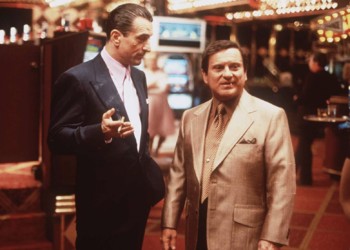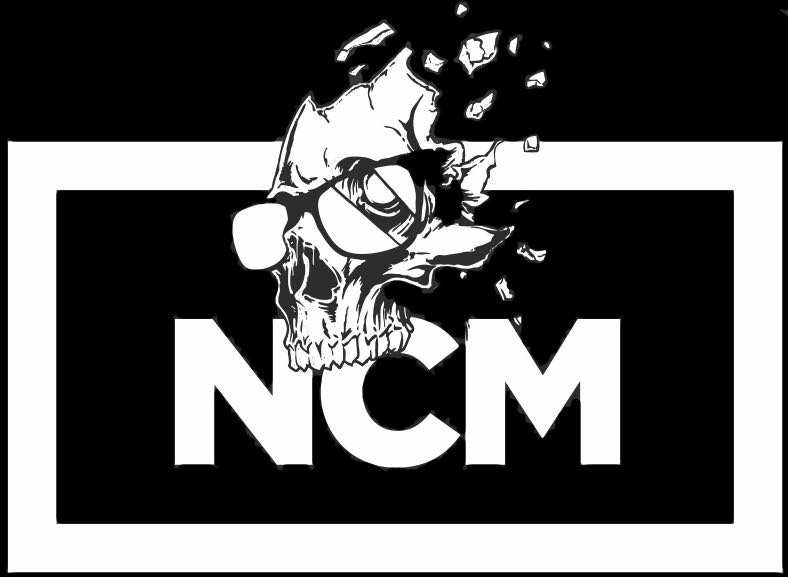Comic books, as a collective, have their underpinnings in stories of horror as much as they do in stories about super heroes. But unlike super heroes, horror fell from the front of the spinner racks, unable to conform to culture censorship that assaulted comic books in their infancy. The Comic Code Authority placed horror in hand cuffs, locked it away and only let you read it through a barred window.
Horror came back as censorship started to oxidize and crumble. In true horror fashion, the genre has lain in the shadows, perhaps waiting for a turned back or exposed neck.
Boo!
The horror renaissance has begun. Nailbiter, American Vampire, Colder, Caliban, Locke & Key, and Outcast have given us copious amounts of or excellent horror tales to choose from for the past few years. These have been the big boys; the faces of the new horror comic generation. But comic books have always been a medium of great depth, where the small, secret stories that go under read and under sold prove to be the most glorious treasures.
This week’s book of the week, The Empty Man #3, spun by the continually under-praised Cullen Bunn, is another entree in the most neglected horror series on the market.
The world Bunn builds is interesting, not only in its construction, but in its coyness. The series started slow, pealing back mystery like a scab and slowly showing the reader the bloody, festering wound that lies beneath.
The Empty Man plague has spread across the country. People throw themselves from rooftops and when the first fall does not kill them, they climb the stairs and jump again. A man pulls his own skin off in the shower and hangs it on the wall like tapestry. A woman drowns herself in her cat box because she hears someone calling from the bottom. All the perpetrators claim their actions were influenced by The Empty Man.
Cullen Bunn’s story is based on the Empty Man Plague spreading across the world. Science cannot determine its origin or how it spreads. Its victims lash out with a pathological insanity, killing themselves and others. Cults form, worshipping the Empty Man. In counter, religion surges in popularity as people look for hope.
This could have all been set up with captions or dialog or it could have been relegated to the trope of being explained in a news cast. The way Bunn builds the world of The Empty Man does not employ these overused short cuts. Instead, it builds its world in a way that is shockingly organic.
Through anecdotes, which are presented in a verity of ways, Bunn rewrites history. There is a sequence of small events building in a global space. The Empty Man plague doesn’t just show up and change the world, it changes how people live, and that changes the world.
Watching the Empty Man’s world change has the feeling of watching an event like Waco, Texas on CNN. The feeling grounds the story to our world and makes what happens in it even more horrifying.
FBI agents Jensen and Langford are our heroes. They are intricately presented as deep characters and their efforts to uncover what The Empty Man is are under cut by their own secrets. Jensen struggles with the early stages of The Empty Man infection and Langford has done his best to bury hints at a dark past that not even the reader fully knows.
While they are endearing, they feel small. They are insignificant in the scope of the greater goings-on, and you feel it. It’s like they are being consumed. It is an unnerving emotional par the book sets for itself and it allows the narrative to plunge into horror without ever returning to a true feeling of safety.
Over the first two issues The Empty Man has been prude with its secrets. Here in issue #3 we get our first peak at what Jensen and Langford are really up against. Revealing the surprises of this issue would just be rude, but I will say Bunn’s reveal of The Empty Man’s origin could have killed the feeling of nebulous dread that has propelled this book. Instead, the reveal comes with a carryon full of new and more interesting mysteries and is done without making the narrative feel tortured or over teased.
The Empty Man’s communicable dread and parallels with our world makes this book feel more like creepypasta than a traditional horror comic. The story grows more than it is told. This feels like what horror is becoming.
Its small readership and muted critical exposure is unfortunate, but this is an exclusive experience you are going to want to make sure you are a part of.






